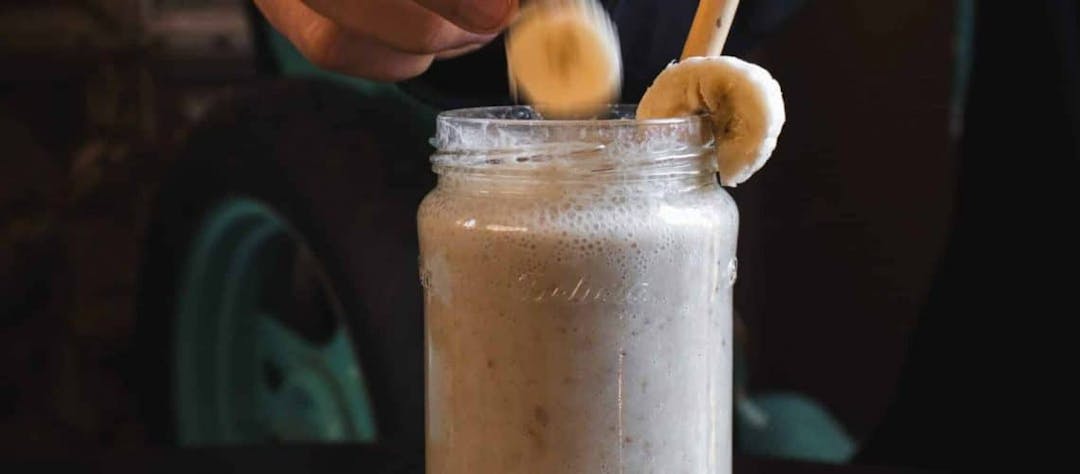


Find foods you can eat.
Guide to Trying Foods that are Untested for FODMAPs
Published on September 14, 2021Following a low FODMAP diet can be challenging when determining portion sizes, which foods to choose, and which foods to avoid. There are some great tools such as the Monash University Low FODMAP app and the Fig app to help you determine what is and is not low FODMAP. However, what about the foods and ingredients that are untested for FODMAPs? How do you determine if these are safe? Let’s dive in a bit deeper.
Should You Try Foods that are Untested for FODMAPs?
If you are following a low FODMAP diet, I’m sure you have experienced the annoyance of looking in your pantry for a snack and realizing that everything you have is either high FODMAP or has untested ingredients. How frustrating! You avoid the foods that are known to be high FODMAP, but what about the foods that are untested or you are unsure about? Is it safe to include those?
In the beginning of the elimination phase, it is best to avoid foods that are untested for FODMAPs
However, once your symptoms are well controlled and you have been on the low FODMAP diet for at least 2 weeks, it is okay to start challenging some of these untested foods.
Pattern for challenging foods that are untested for FODMAPs
- Start with a small portion size on day 1
- Monitor you symptoms for 24 hours
- If your symptoms are well controlled, gradually increase your serving every 24 hours as tolerated for 2-3 days in a row. For example, you can try ¼ of a portion size on day 1, ½ of a portion size on day 2, and a 1 whole portion on day 3.
It is important make sure that everything else in your diet is low FODMAP while you introduce untested ingredients to prevent any miscorrelation of symptoms. Once you find a serving size that is safe for you, it is okay to keep this food in your diet at your individually determined safe portion size.
Please note that introducing untested ingredients is only recommended once your symptoms are well controlled.
Are There Any Exceptions?
Yes there are! If the untested ingredient is listed on the ingredients label after the phrase “contains less than 2% of,” then it is okay to consume during the elimination phase. If the ingredient is present in less than 2% of a single serving size of the product, then it is not enough to cause a reaction regardless of whether the ingredient is high or low FODMAP.
Summary
It is best to avoid untested ingredients when you start the elimination phase of the low FODMAP diet. However, once your symptoms are well controlled, you can challenge these foods to test your individual tolerance level. Start with a small portion size and gradually increase as tolerated. If you tolerate this food, keep it in your diet! Remember that the low FODMAP diet should work for you and your lifestyle, so there is no need to unnecessarily restrict foods that you tolerate well.
Still having questions about how to make the low FODMAP diet work for you and your lifestyle? Download the Fig app to find food products that are low FODMAP at your grocery store. And try working with a low FODMAP trained dietitian. You can find a list of Monash University trained low FODMAP dietitians in your area here.
 Introduction to a Pescatarian Diet
Introduction to a Pescatarian Diet What's the Difference Between Probiotics and Prebiotics?
What's the Difference Between Probiotics and Prebiotics?